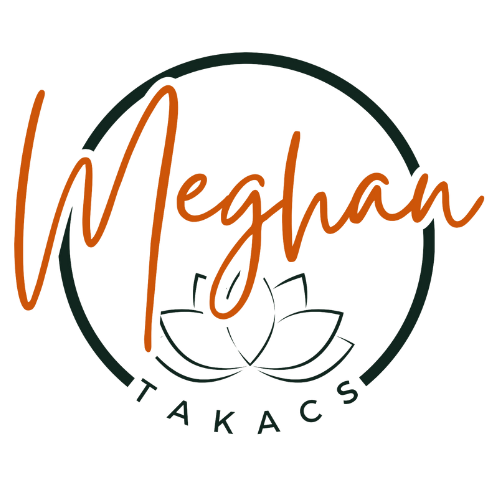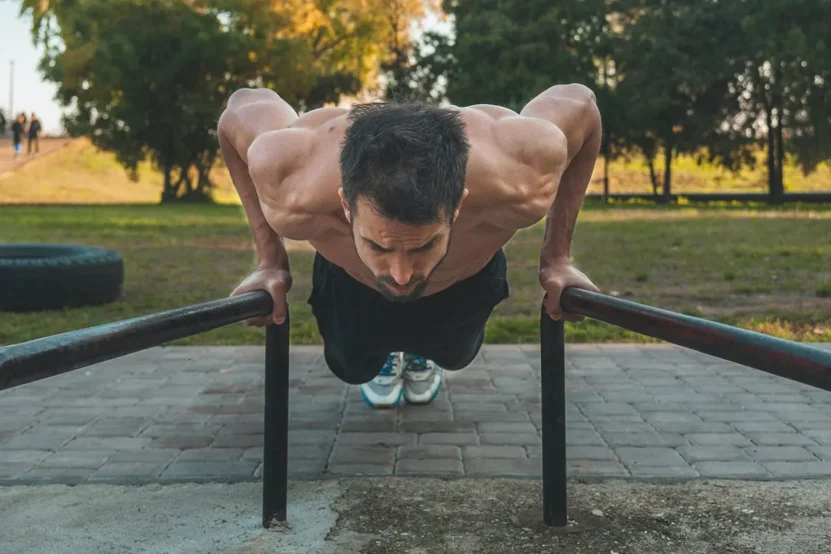You’ve seen those athletes with washboard abs and wondered, “How can I get abs like that?” You’re in luck—calisthenics might just be your golden ticket to a chiseled midsection. You don’t need a gym membership to get abs. This article will teach you bodyweight exercises that you can do anywhere. Let’s get started.
Calisthenics Explained
Calisthenics refers to a variety of exercises that leverage your own body weight to develop strength, flexibility, and endurance. It is an ancient practice, with its roots tracing back to early Greek civilization. Today, it is a popular choice for people who want to workout without the need for a gym or specialized equipment.
Why Calisthenics for Abs?
You might wonder, “Why not just stick to the gym and use ab machines?” Well, the beauty of calisthenics lies in its versatility and functional utility. Training with bodyweight exercises engages multiple muscle groups, providing a more holistic approach to fitness. Plus, the core is activated in almost all calisthenic exercises, making it an excellent choice for targeting the abdominal muscles.
Anatomy of the Abdominal Muscles
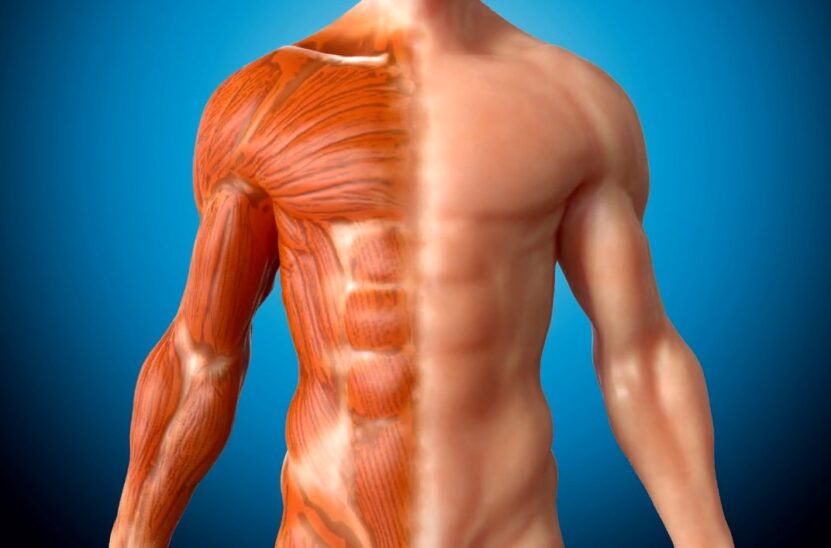
Know Your Abs
Understanding the muscle groups you are targeting is vital for effective training. The “abs” are not a single muscle but a group of muscles that include the Rectus Abdominis, Transverse Abdominis, and the Internal and External Obliques.
The Importance of a Strong Core
A strong core does more than just give you a great physique. It serves as the center of power for your entire body, affecting your balance, stability, and even your posture. The multifaceted benefits of a strong core make the journey to getting well-defined abs even more rewarding.
Core vs. Abs: What’s the Difference?
While the terms are often used interchangeably, it’s essential to differentiate between your core and your abs. Your core includes not only your abdominal muscles but also your lower back and even your glutes to some extent. A well-rounded calisthenic routine will engage all of these areas, not just the abs.
Calisthenic Exercises for Abs
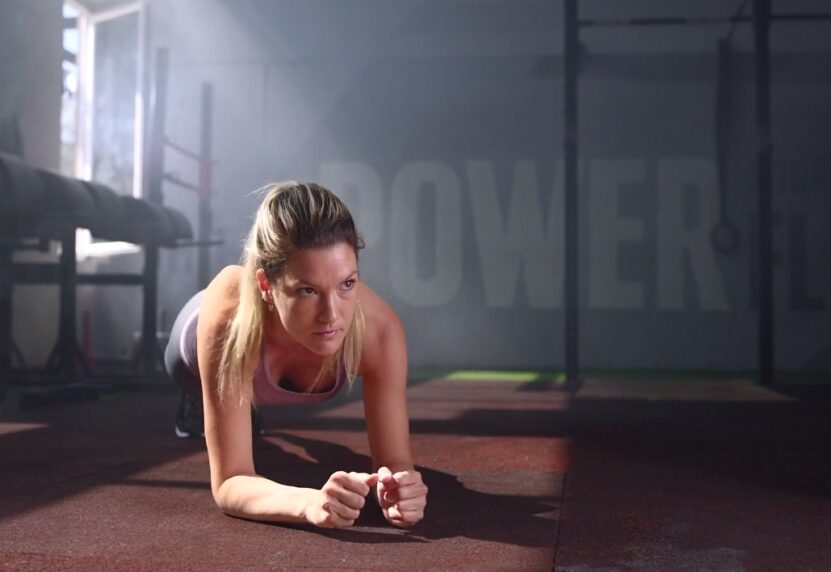
The Basics: Planks, Sit-Ups, and Leg Raises
- Planks: This isometric exercise targets your entire core. Hold the plank position for increasing periods to build endurance.
- Sit-Ups: These are great for your Rectus Abdominis. Make sure your form is correct to prevent back strain.
- Leg Raises: Effective for targeting the lower abs, perform these hanging from a bar or lying flat on the ground.
Advanced Techniques: Hollow Holds, Dragon Flags, and Front Levers
If you find the basics too easy, challenge yourself with more advanced exercises. Hollow holds work your entire core and prepares you for maneuvers like the front lever. Dragon flags, popularized by Bruce Lee, are an intense exercise that targets the entire abdominal region. Front levers are challenging but excellent for building both strength and balance.
Structuring Your Workout
A good workout routine engages your entire core and varies the exercises to prevent muscle adaptation. You might start with three sets of planks, sit-ups, and leg raises for beginners and slowly incorporate advanced techniques as you progress.
Nutrition: The Unseen Hero
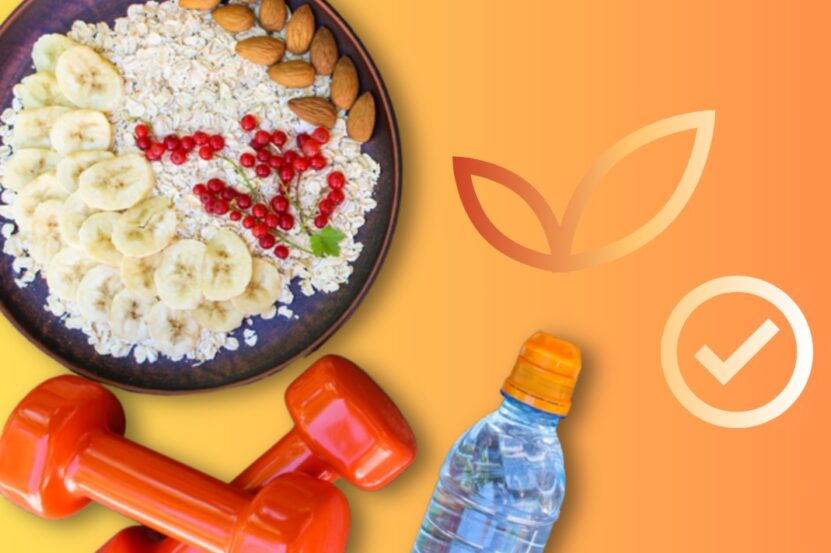
Calories and Macros
Abs are made in the kitchen, as the saying goes. Make sure you are consuming the right balance of macronutrients—protein for muscle repair, carbs for energy, and fats for overall health. Keep an eye on your caloric intake; excess calories will turn into belly fat, hiding those abs you worked so hard for.
The Importance of Hydration
Water plays an essential role in every cellular process in your body, including muscle growth and repair. Staying hydrated will not only improve your performance but also speed up your recovery time.
Supplements: Yay or Nay?
While not essential, supplements like whey protein or BCAAs can aid in muscle repair and growth. However, they should not replace a balanced diet. Before starting any supplement regimen, consult with a healthcare provider.
Recovery and Rest

Why Rest is Important
Your muscles need time to repair and grow. Overtraining can lead to fatigue and even injury. Make sure you are getting adequate rest between workouts and sleeping at least 7-8 hours per night.
Active Recovery
On your off days, consider incorporating active recovery—low-intensity exercises like walking or yoga can help improve blood circulation and speed up the healing process.
The Role of Stretching
Don’t underestimate the power of a good stretch. Stretching not only prevents injuries but can also improve your performance by increasing flexibility and range of motion.
Common Mistakes and How to Avoid Them
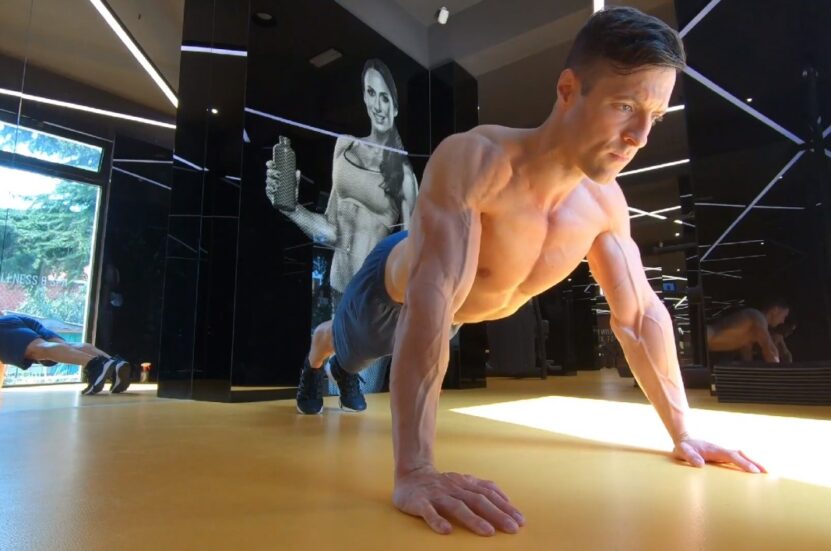
Poor Form
Executing exercises with poor form not only diminishes their effectiveness but can also lead to serious injuries. Always prioritize form over the number of repetitions.
Ignoring Other Muscle Groups
While your goal might be well-defined abs, ignoring other muscle groups can lead to imbalances that affect your overall performance and aesthetic. Make sure your workout routine is balanced.
Over-reliance on Supplements
As stated earlier, supplements can aid your journey but should not replace whole foods. Relying too much on them can lead to deficiencies in vital nutrients.
The Mind-Muscle Connection
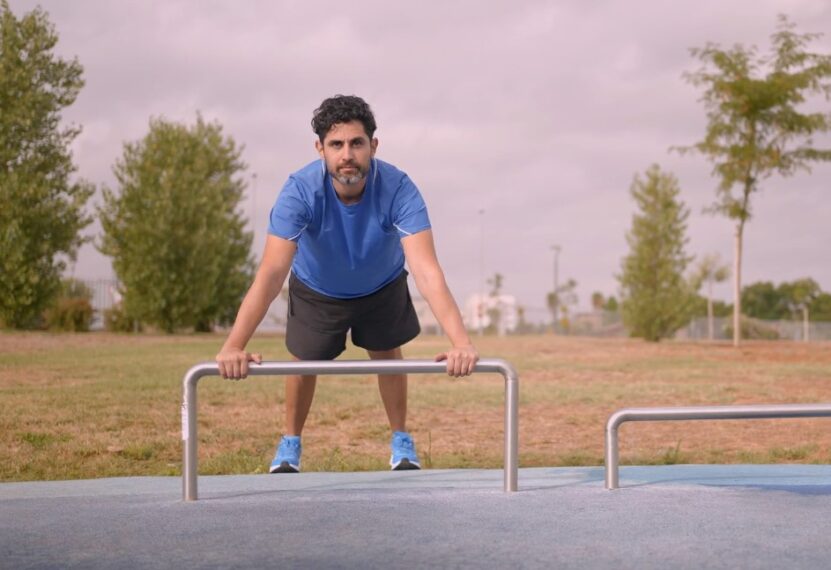
The mind-muscle connection is the conscious, focused contraction of the muscle being worked upon. When it comes to abdominal exercises, activating your abs consciously can lead to better recruitment of muscle fibers, resulting in more effective workouts.
How to Utilize It
While doing any abdominal exercise, focus mentally on the muscle group you’re working on. For example, during a plank, visualize your abdominal muscles holding your body in that straight line. Don’t just go through the motions; feel every muscle fiber contracting and releasing.
Benefits of the Mind-Muscle Connection
Enhancing your mind-muscle connection can significantly improve your training efficacy. Studies suggest that a strong mind-muscle connection can lead to greater muscle activation, making each workout session more productive.
Progressive Overload: The Secret Sauce
Understanding Progressive Overload
Progressive overload involves gradually increasing the amount of stress you put on your body during exercise. This can be done by either adding more repetitions, increasing time under tension, or increasing the difficulty of the exercises.
How to Apply It to Calisthenics
In the context of calisthenics, you can apply progressive overload by adding variations to your existing exercises. For example, you might start with regular planks and progress to side planks, one-arm planks, or even plank-to-push-ups. Another way is by reducing rest times between sets, thereby increasing the intensity.
Tracking Your Progress
Keep a workout log where you document the exercises, reps, sets, and rest periods. Review it regularly to ensure that you are consistently challenging yourself. This documentation will serve as a valuable tool for tracking your progress and setting new goals.
Periodization: Structuring for Success
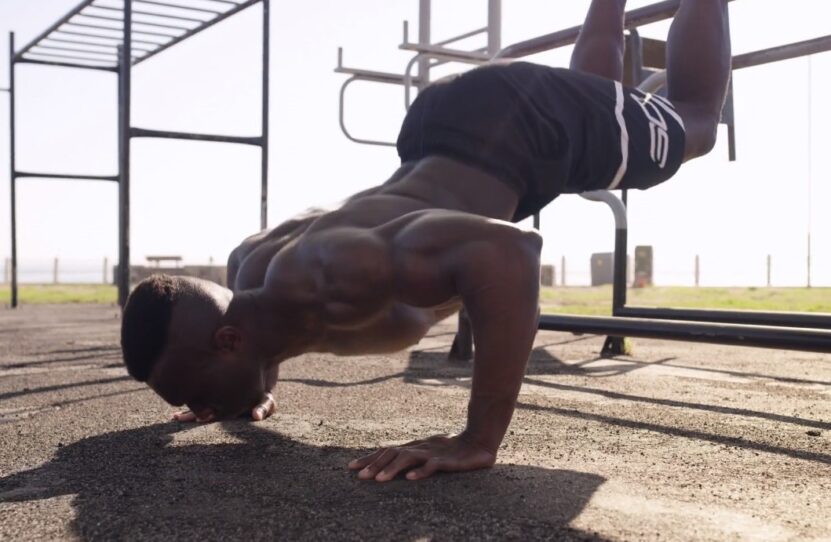
What is Periodization?
Periodization is the planned structuring of training variables over specific time frames. Essentially, it’s about cycling through phases of training, each with its own set of objectives. This helps you avoid plateaus and continually make progress.
Types of Periodization
There are several types of periodization models, like linear, undulating, and block periodization. The key is to choose a model that aligns with your fitness level and goals. Each type has its own set of advantages and disadvantages, so take time to understand which would be the most effective for you.
Applying it to Calisthenics
In calisthenics, periodization can be applied by rotating between strength-focused, hypertrophy-focused, and endurance-focused cycles. You may spend 4-6 weeks in a strength-focused phase doing lower reps but more challenging exercises, followed by a hypertrophy phase where the emphasis is on volume and muscle growth.
The Role of Technology
![]()
Tracking Apps
With the advent of smart technology, tracking your fitness journey has never been easier. Numerous apps allow you to log your workouts, track your nutrition, and even provide you with tailored workout routines.
Wearables
Wearable devices can help you monitor key metrics like heart rate, caloric expenditure, and even sleep quality—all crucial elements in your quest for abs. Some even offer real-time feedback, helping you optimize each workout.
Online Communities
Joining online fitness communities can provide that extra dose of motivation and accountability. You can share your progress, ask for advice, and even find workout buddies with similar goals. Sometimes, the journey to your dream abs can be more enjoyable with some company.
FAQs
What is the role of calisthenic ab workouts in getting abs?
Calisthenic ab workouts focus on increasing the size of your core muscles through strength training. The bigger your core muscles are, the more visible they will be when you start losing fat.
How important is nutrition in getting abs?
Nutrition is crucial for achieving a defined core. You must eat at a calorie deficit to lose fat and consume enough protein to support muscle growth. The general rule of thumb is to aim for 0.8 grams of protein per pound of body weight.
What are the benefits of having a strong core?
A strong core improves balance, posture, and spine health. It also enhances overall functional fitness, making everyday tasks easier.
How often should I do calisthenic ab workouts?
It’s recommended to do ab exercises at least 2-3 days a week as part of an overall strength training program. Each session can last 20-30 minutes.
What are some effective calisthenic exercises for the obliques?
Some effective exercises for the obliques include sumo squat with side crunch, standing side crunch, and plank with side crunch.
What exercises target the upper abs?
Crunches, V-situps, and bicycle crunches are effective exercises for targeting the upper abs.
How can I work on my lower abs?
Reverse crunches, lying leg raises, and plank to pike with sliders are good exercises for targeting the lower abs.
Are there any isometric exercises for the core?
Yes, high plank, low plank, boat pose, and hollow hold are isometric exercises that can strengthen your core.
Can I do calisthenic workouts every day?
It’s advisable to work out no more than 5-6 days a week, taking at least 1-2 days for rest and recovery.
Is calisthenics better than weightlifting for getting abs?
It depends on your goals and preferences. Calisthenics can be great for increasing overall strength and muscle mass, but if you are trying to develop specific muscles, weightlifting may be more effective.
Final Words
Calisthenics offers a practical, versatile, and effective way to get those abs you’ve always dreamed of. By understanding your anatomy, choosing the right exercises, following a balanced diet, and incorporating adequate rest, you’re setting yourself up for success.
So why wait? Start your journey today and unveil the abs that lie beneath! Get started, stay consistent, and you’ll be showing off your own chiseled abs before you know it.
Additionally, exploring other workout regimes like CrossFit could also be beneficial in achieving your fitness goals.
